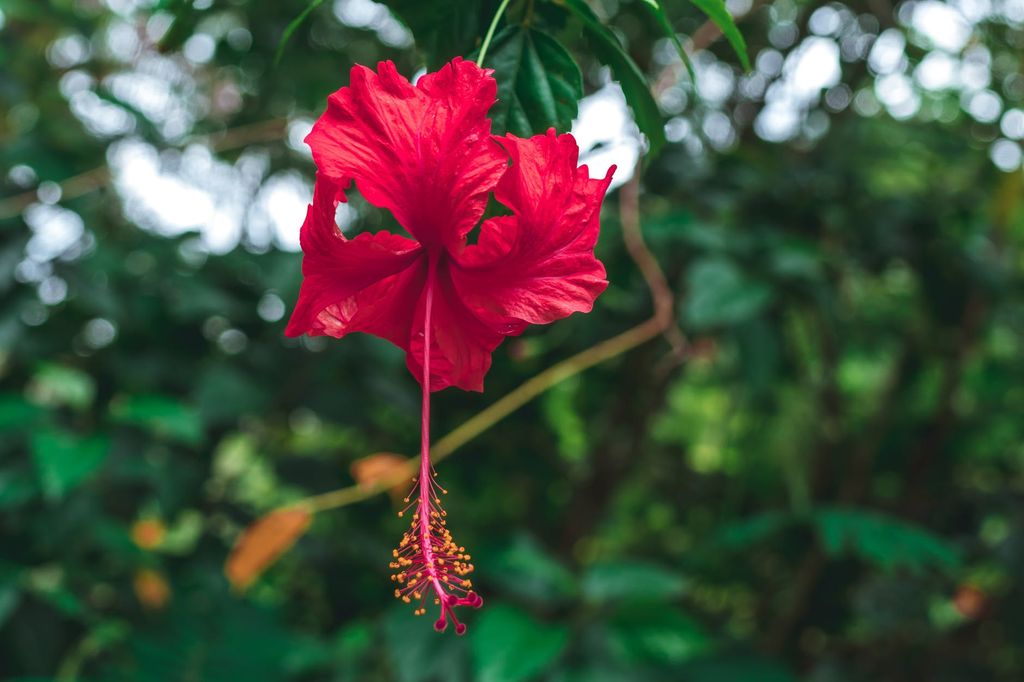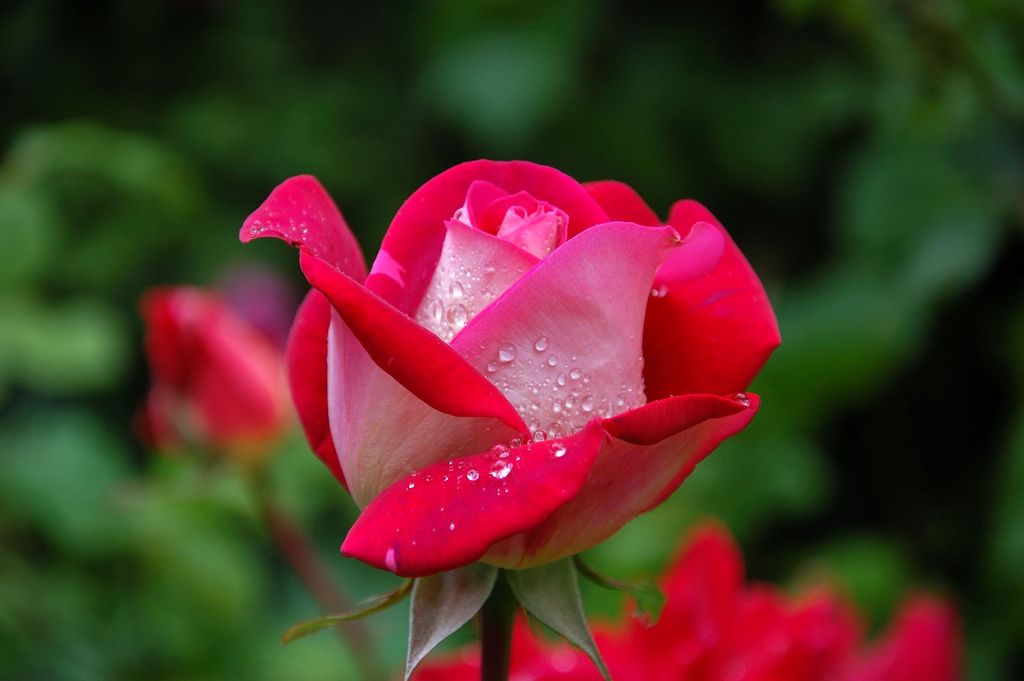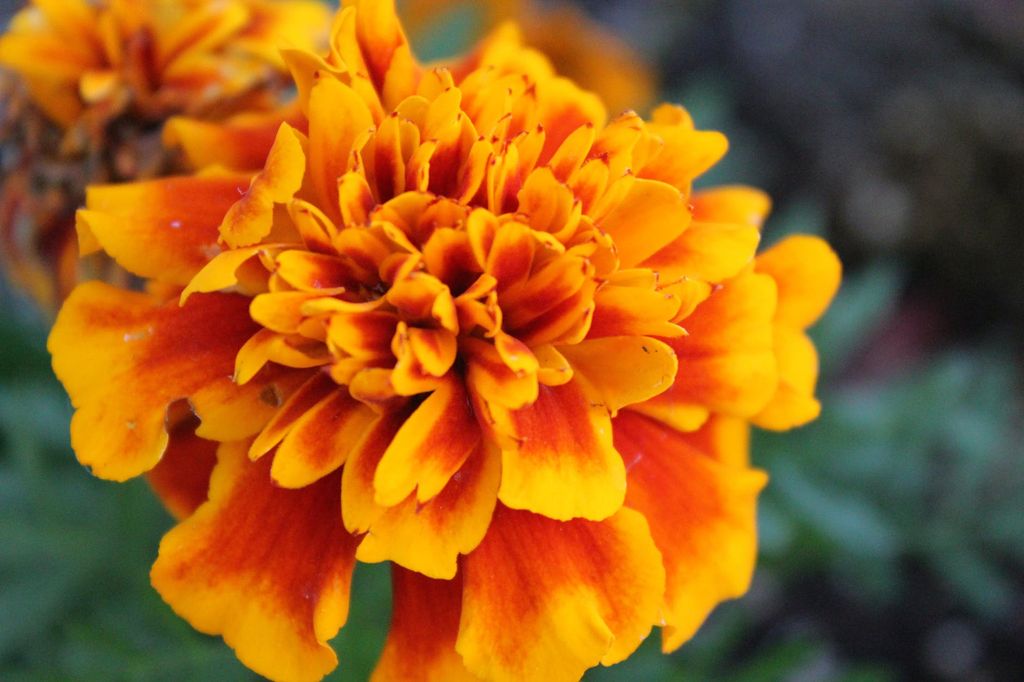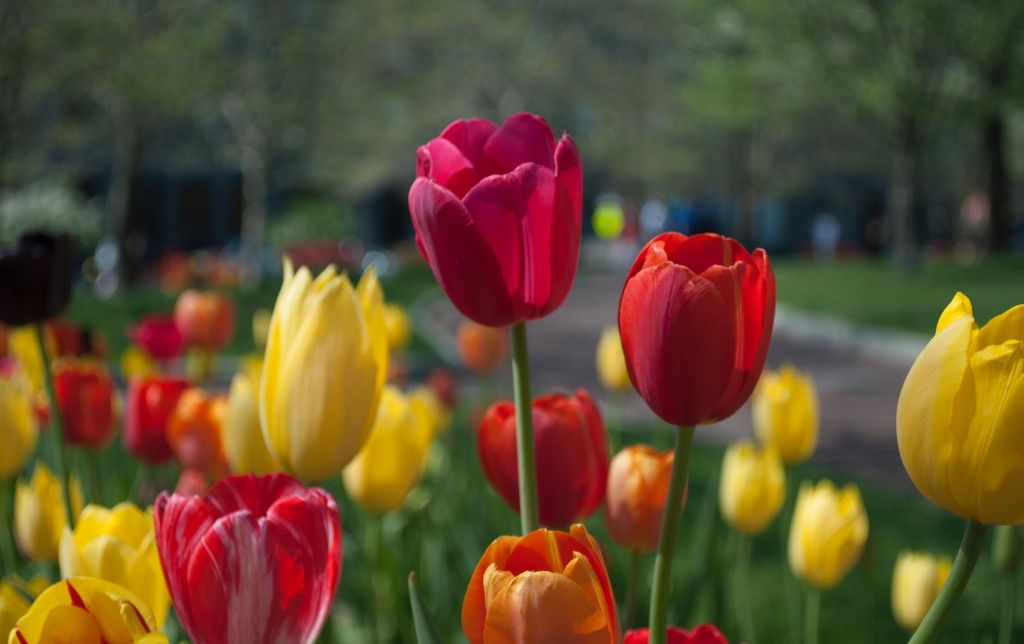Sweet Stems
Apr 20, 2019 • 10 views
Flowers are a common part of every person’s life, but are we aware of their scientific names? Here are five flowers which we see in our day to day life and their botanical identities.
Hibiscus
The scientific name of Hibiscus is ‘Hibiscus Rosa-Sinensis’. It is a genus of flowering plants in the mallow family, Malvaceae. Hibiscus has many uses such as it is used for making tea, which is served both hot and cold, it is used as a landscape shrub, used in papermaking and rope making too.

Rose
The scientific name of Rose is ‘Rosa’ which belongs to the family of ‘Rosaceae’. There are over three hundred species and thousands of cultivators. Rose is one of the most famous flowers in the world and is considered to be a symbol of love. They are used as ornamental plants, for decoration, cultivation, and bouquets, for making perfume, added in food and drinks and also used in medicine.

Sunflower
The scientific name of Sunflower is ‘Helianthus’. It is a part of the Asteraceae family. This is considered to be one of the brightest flowers, a flower that is not affected by the sun. Some of its species are listed in the endangered list.

Marigold
The scientific name of Marigold is ‘Tagetes’. It is also a part of the Asteraceae family. This plant is native to the North and South America. Marigolds are available in different colours like orange, yellow and red. It is useful in treating burns, reducing bruises and heal infected cuts. So, it’s basically an antiseptic.

Tulip
The scientific name of Tulip is ‘Tulipa’. It belongs to the family of Liliaceae. The flowers are usually large, showy and brightly coloured. It is one of the most beautiful flowers in the entire world. They are generally red, pink, yellow, or white (usually in warm colours). They often have a different coloured blotch at the base of the tepals (petals and sepals, collectively), internally.

